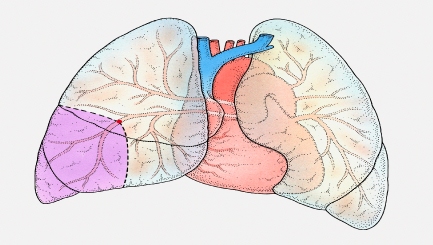Asthma and the Pulmonary Embolism, what why and how?
Asthma is, on its own, a dangerous condition. It’s an inflammatory illness which affects the respiratory system, causing heightened allergic reactions which cause swelling. This swelling can cause shortness of breath, wheezing and in its most severe cases it can cause deaths. It’s said that every year at least two children die from asthma attacks which could have been prevented and as such, it’s never been as important to learn about the condition and how to prevent it. Even for those of us lucky enough not to suffer from it.
Asthma on its own is a condition which requires constant thought and pre-planning. Most asthmatics will carry their inhalers wherever they go and take extra care when entering areas full of potential allergens. For the most part, asthma is very manageable and beyond an occasional bout of heavy breathing, they almost forget it’s there.
What many people don’t know is that asthma can raise the chances of other conditions arising too. A pulmonary embolism is much more likely in suffers of asthma than the rest of the populations, in fact in some cases it’s as much as nine times more likely. The occurrence is still less than one per thousand people but it’s a considerable increase which is worth some concern.
Essentially a pulmonary embolism occurs when a blood clot deep in the leg breaks away and causes a blockage in the lungs. They’re not common but can be deadly if unnoticed. Sufferers of other inflammatory conditions like rheumatoid arthritis and inflammatory bowel disorder are also far more likely to contract the condition.
A recent study has shown that it’s sufferers of more severe asthma who’re more likely to suffer a pulmonary embolism. As such, those in this group should consult their GP and start working on ways of lower other risk factors which may apply to them so as to remove this dangerous condition from their lives entirely.



Comments are closed.